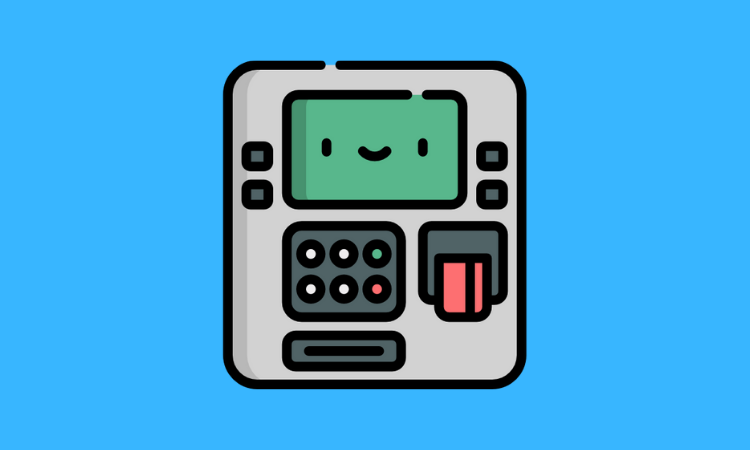Member Exclusive, Podcasts
Diebold Nixdorf’s Simon Powley on the integration of physical currency and digital tools
- Cash use has significantly dropped during the crisis but there are still concerns around fairness in a digital society.
- Integrating physical currency and digital tools is an important role of banks now and into the foreseeable future.








